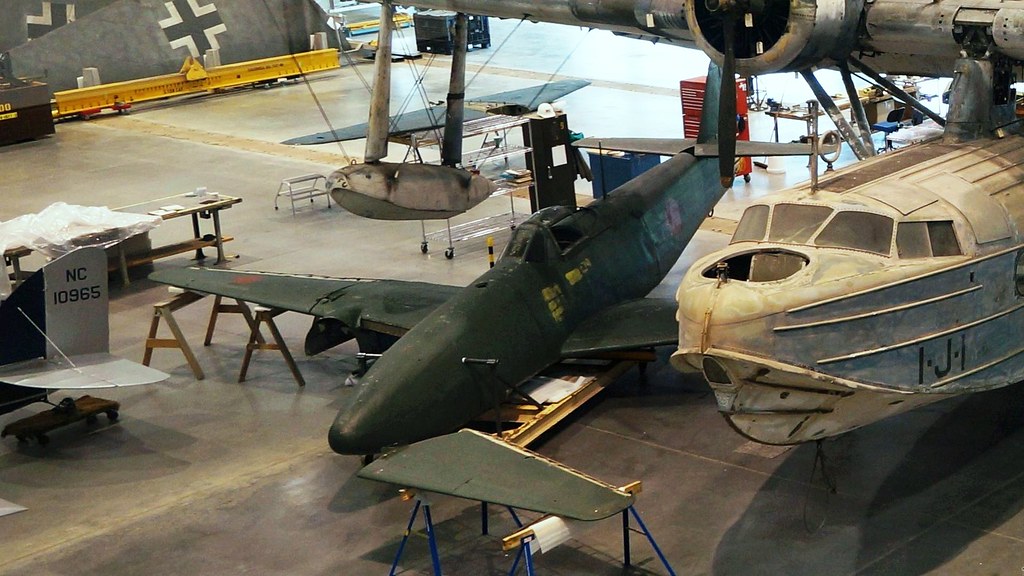
The Nakajima Kikka stands as a significant footnote in the annals of military aviation history, embodying Japan’s final effort to bring a native jet aircraft into the fray during World War II.

Born in a time of national desperation, the Kikka’s evolution from inception to its lone flight embodies ambition, innovation, and the rapid progress of wartime.

As the war entered its terminal phase, Japan sought to close the technological gap with the Allies. Inspired by the German Me 262—the world’s first operational jet-powered fighter—the Japanese Naval Staff commissioned the Nakajima company to create their own twin-jet, single-seat attack aircraft.

The resulting Nakajima Kikka, also known as the “Orange Blossom,” was Japan’s only WWII jet aircraft that could take off under its power, a remarkable feat given the country’s industrial difficulties and the Allies’ technological superiority.
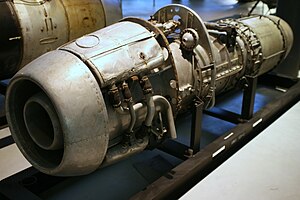
Designed by engineers Kazuo Ohno and Kenichi Matsumura, the Kikka echoed the Me 262 in appearance but was tailored to Japan’s specific wartime needs.

It was an all-metal aircraft, except for the fabric-covered control surfaces, with a relatively modest operational range and maximum speed compared to its German counterpart.
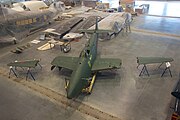
The Kikka’s engines were mounted in pods under the wings, allowing for engine testing without structural changes.
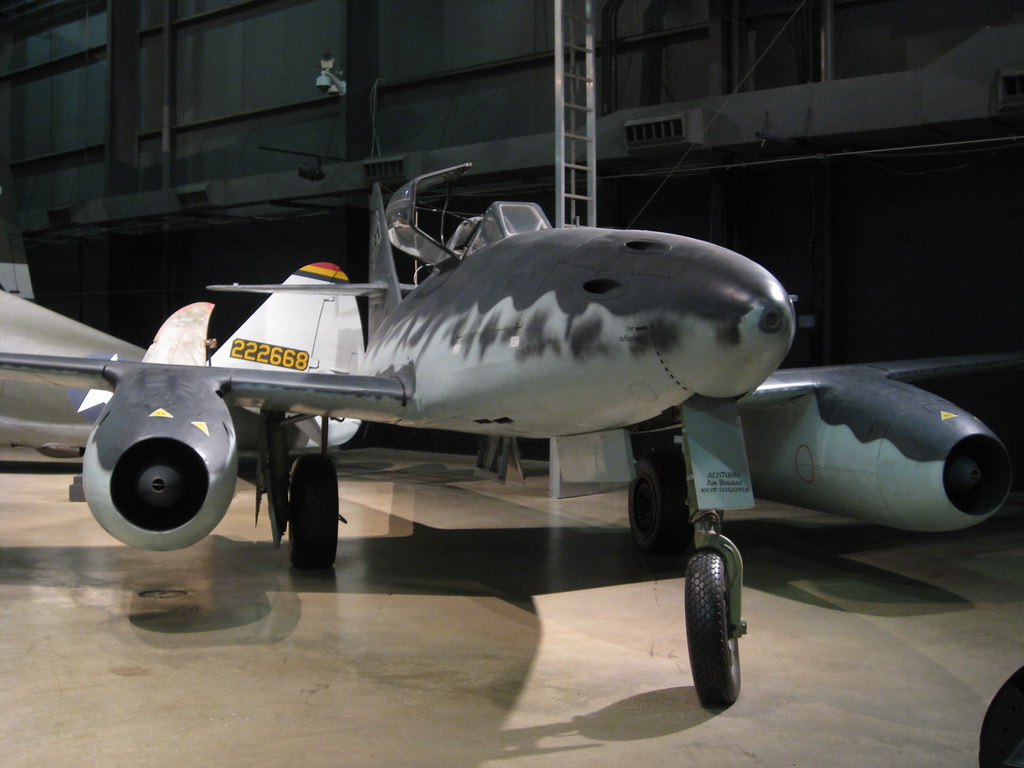
Japan’s venture into jet propulsion was risky. Technical hurdles and logistical issues hindered engine progress. However, Japanese engineers’ determination and clever utilization of limited resources, like personal notes and photos from a German technical mission engineer, resulted in the development of the Ne-20 turbojet in just six months.

August 1945 marked the zenith of the Kikka’s short-lived ascension. The prototype was ready, and on August 7, Lieutenant Commander Susumu Takaoka piloted the aircraft’s maiden flight.

Yet, four days later, a second flight ended disastrously as misaligned takeoff rockets caused a crash into Tokyo Bay, tearing off the aircraft’s landing gear.
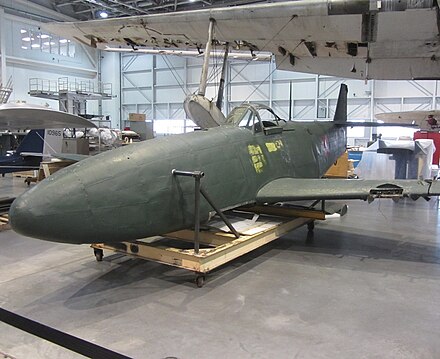
The project’s abrupt cessation came on August 15, as Japan surrendered, and with it, the dreams of the Kikka soaring into combat faded into the annals of what might have been.
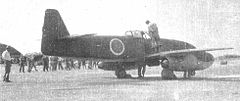
In the aftermath, American forces found approximately 25 Kikkas in various stages of assembly within a Nakajima factory building. In 2001, correspondence with Japanese propulsion expert Kazuhiko Ishizawa revealed new information about the post-war impact of the Kikka.
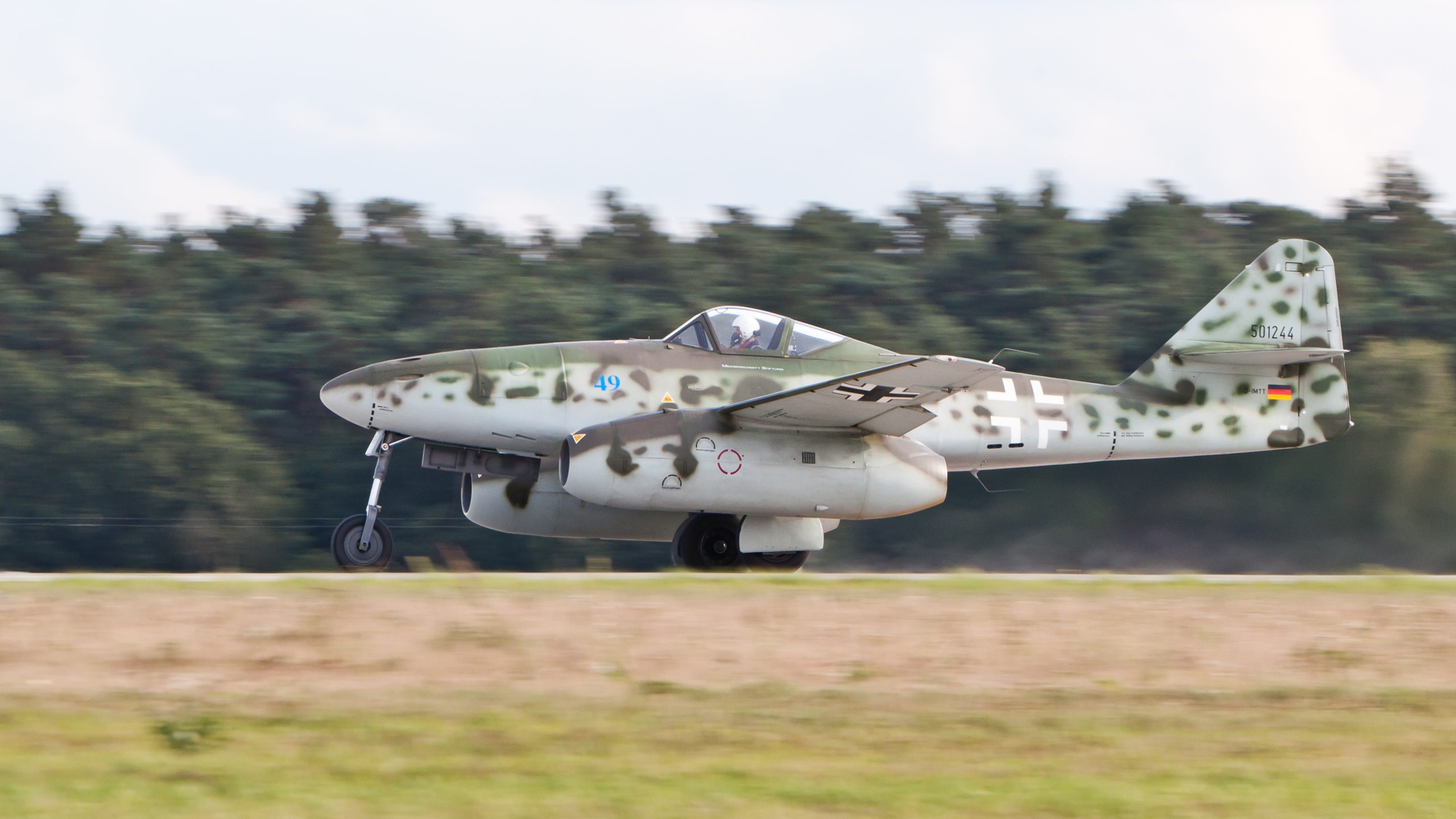
Nakajima had built a Kikka airframe for load testing, rather than for flight, which is why its engine nacelles were unable to accommodate the Ne-20 engines.

The Kikka’s specifications, though a shadow of the Me 262’s achievements, were nonetheless impressive for a country struggling under the weight of an extended conflict and resource scarcity.

With a wingspan of 10 meters, a length of 8.1 meters, and standing 3 meters tall, the Kikka was no small undertaking. Powered by two Ne-20 axial-flow turbojets, the aircraft bore the potential of Japan’s engineering prowess and the desperate innovation spurred by wartime exigency.

